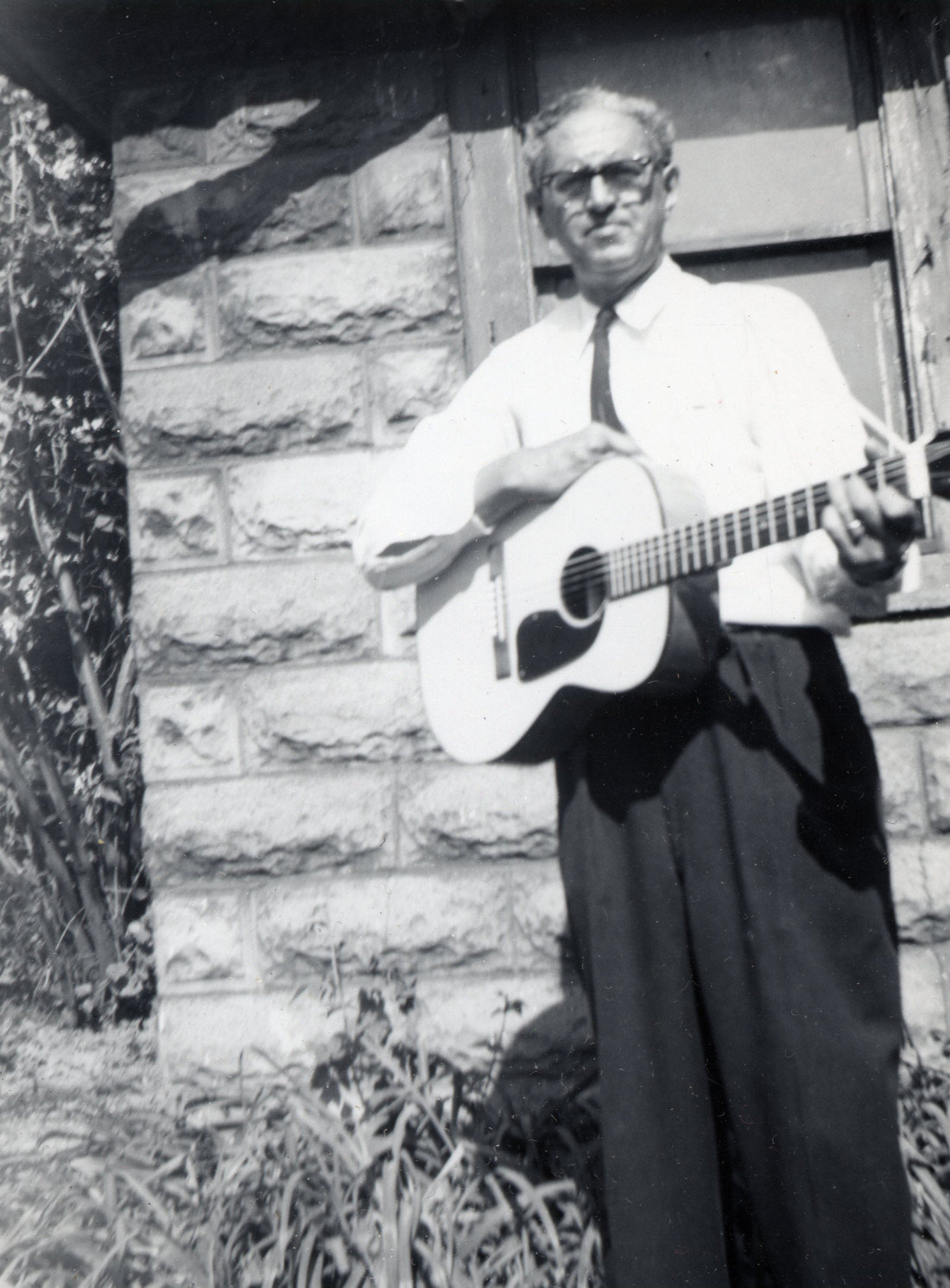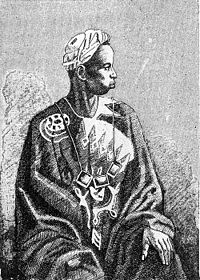Country music, also known as
country and western (or simply
country), and
hillbilly music, is a genre of popular music that originated in the
southern United States in the early 1920s.
[1] It takes its roots from genres such as
folk music (especially
Appalachian folk and
Western music) and
blues.
Blues and Country Music: How Similar Are They?
Share on facebook
Facebook
Share on twitter
Twitter
Share on pinterest
Pinterest

Blues and country music are two uniquely American musical genres that, while completely different in style and tonality, share a wealth of similarities.
Just how similar are country and blues music styles? As any die-hard fan—or musician—will tell you, the two genres share common themes of love and loss, betrayal and vindication, while the differences primarily have to do with musical rhythms, harmonics and instrumentation. Here’s a breakdown of some of the similarities—and differences—between blues and country music.
Lyrical Similarities
Many country songs and blues songs could virtually have interchangeable lyrics because, thematically, they share a common ground. Winning and losing in life and love are reoccurring themes, as are paying for wrongs committed, regretting roads not taken and admitting that, while life can be beautiful, it can also be profoundly unfair. Country and blues lyrics also reflect the universal plight of the working man; these aren’t the ballads of the wealthy and entitled, but rather of the wage-earner—and ultimately, the victim. A good country or blues song feels lived in.
In spite of this raw-edged, stark realism, many blues and country songs impart a vein of cautious optimism of the “tomorrow is another day” sort, because, going by the song lyrics, they certainly can’t get much worse.
Musical Differences
The main differences between country and blues have to do with the music itself, rather than the lyrics. Most blues songs follow traditional musical rhythms and patterns, with time-honored chord progressions and a distinctive syncopation on certain beats. Likewise, blues songs have a certain instrumentation that can include a harmonica, an upright or electric bass, an electric guitar, a piano or electric keyboard and drums.
Country music, on the other hand, is less rhythm-driven and is often played with a heavier reliance on strings, such as guitars, fiddles, banjos, mandolins and other string instruments.
See? They
are different.
Blues and Country Music: How Similar Are They?




